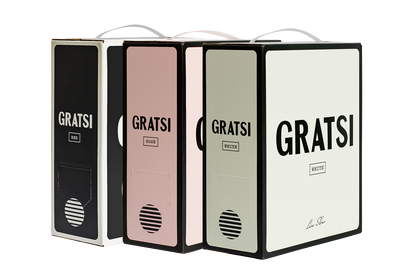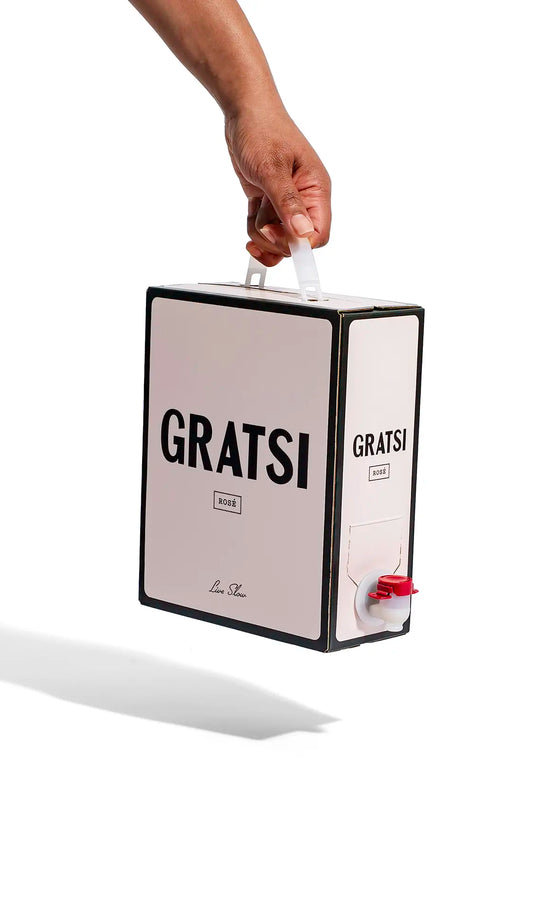Not to See, But to Feel: My Days in the Sila

NONNA WISDOM
Not to See, But to Feel: My Days in the Sila
By Gianina Rose
November 10, 2025
There are places that don’t just open their doors, they open their arms. The Sila is one of them.
It isn’t a destination to tick off a list, but a suspended moment, a return to a more human rhythm. Here, among the woods and the gentle voices of its few inhabitants, you learn to breathe again.
I stayed in Villaggio Mancuso, a small cluster of wooden houses in the Catanzaro area of the Sila. It’s one of those places that forces you to slow down. In the low season, the bar isn’t always open, nor is the minimarket, and if you need something you often have to call the owner and wait for them to come and open. It feels strange at first, but then you realize it’s an exercise in freedom. Not everything needs to be available twenty-four hours a day.
In the morning, Carmine makes you coffee and pastries at his café, “La Terrazza”, his wife runs the small grocery next door, and just a few steps away there’s Mario, who sells local products. In the evening, “La Rotonda” restaurant feels like stepping back in time: warm lights, aged wood, and that calm only the mountains can hold. In Sila, you’re never a spectator, you become part of the place.


Days move slowly, horseback rides, potato harvests, visits to dairies, long talks by the fireplace. And somewhere in between, you learn to slow down too.
You stop rushing for fear of “wasting time,” because in Sila, time itself becomes a gift.
It’s a place that teaches you to live with less, and to live better.
One of the most powerful experiences I had was a horseback ride through the forest, organized by Nicola, who runs “Enea Wild Heart”.That day, I met Roberto, the guide who would lead me through the pines and beeches.The Sila forest has its own way of speaking, it’s silent, but never mute, as if it’s observing those who walk through it.




After about an hour, we reached the banks of a small stream hidden among moss-covered rocks. We tied the horses to a tree and laid out a picnic with the food I’d bought that morning from Mario and Carmen, fresh cheese, bread, and cured meats.
It was one of those moments that make you lose track of time; you don’t know what day it is, or how long you’ve been there. You feel suspended, as if you’ve crossed an invisible threshold between the real world and another dimension made entirely of simplicity.
If I had to recommend one experience to truly understand the Sila, it would be this: a slow walk through the forest with someone who’s known it forever.
Traveling through Sila isn’t about “visiting a place.” It’s about living a land through the people who call it home.There are countless routes a guidebook could suggest, but no map can capture the soul of a place like a real encounter can.Serafina was one of those encounters, a woman full of light, passionate about writing, embroidery, and old traditions. She moves between the city and the mountains, but her heart is here, in the fields where she grew up.One morning she said to me, “Come tomorrow, we’re harvesting potatoes.”




It sounded simple, but it was a true invitation, an opening of home and heart.
We began digging with our hands, one hole at a time, pulling yellow and red potatoes from the dark soil. We sorted them into three piles: perfect ones for the table, smaller ones for the pigs, and the slightly damaged ones that you’d never dream of wasting.
We drank coffee in the field, sitting on an overturned crate, no café, no perfect cups, just the smell of coffee and the earth beneath our feet.
It was one of the most beautiful moments of the journey, because I felt part of something. Not a guest, but a daughter helping her family with the harvest.
When the harvest is over, Serafina and her family celebrate with a great “harvest lunch.”
It’s a moment that holds everything: effort, gratitude, and food that reaches the table only hours after being pulled from the earth. The table was set like for a village feast: potatoes in every form, fresh cheeses, and at the center, her “Salaturu”, made with the potatoes we had just dug up. (You can find the full recipe in the article dedicated to Sila’s traditional dishes.)
After lunch, when the kitchen smelled of wood and fried dough, we made “Bucchinotti” together, shortcrust pastries filled with elderberry jam, one of those family recipes that feel like home. You can find that recipe too, step by step, in the article dedicated to it.
That day wasn’t just an experience, it was a temporary adoption. I felt like a daughter, a guest, and a co-conspirator.




In the Sila, everything has a tangible origin. Everything is connected, like a silent chain linking the land to the hands, and the hands to the table.
I wanted to see another link in that chain, to find out where the milk that becomes cheese comes from, and how that cheese ends up on our plates.
So I went to Fattoria Guerci, a small family-run farm just a few kilometers from the village.
It’s an experience that restores perspective.
It makes you think about how important it is to know where your food comes from, to recognize the value of effort and care, and to see the faces behind the work.
As I watched the milk transform, I thought of the days I’d spent nearby, among cows and sheep grazing freely in the woods. Seeing their milk now take form before my eyes, and tasting it, felt like closing a circle.


What I seek every time I tell a story about a place is not to give instructions, but to share sensations.
I’m not interested in saying where to sleep or what to eat (not only), but in expressing what it feels like to be there, to breathe that air, to speak with those who live it.
You don’t need to retrace my steps to understand Sila, you just need to go with curiosity, willing to get a little lost, to find your own path.
Maybe you’ll meet another grandmother, another Serafina, or taste a cheese I never tried. Maybe you’ll invent your own picnic, or find a better field to stop and watch the sunset.
The truth is that places aren’t meant to be visited, they’re meant to be lived through.
And when you truly live them, you never return quite the same.


Before leaving, I went back to say goodbye to the people I’d met. To Pina, who took her sheep to pasture every day, I gave a warm hat for the winter. Without hesitation, she gave me a plant she kept in her house, the same kind my grandmother once gave me, which I had never managed to keep alive.
Serafina gave me the potatoes we had harvested together, the sweets we baked that afternoon, a chicken-shaped potholder I had loved since the first day I saw it in her kitchen, and her heirloom beans to carry on.
The Sila taught me this:
Travel isn’t about collecting places, it’s about letting a piece of the world stay with you. Calabria, and Sila especially, give you far more than you ask for.







